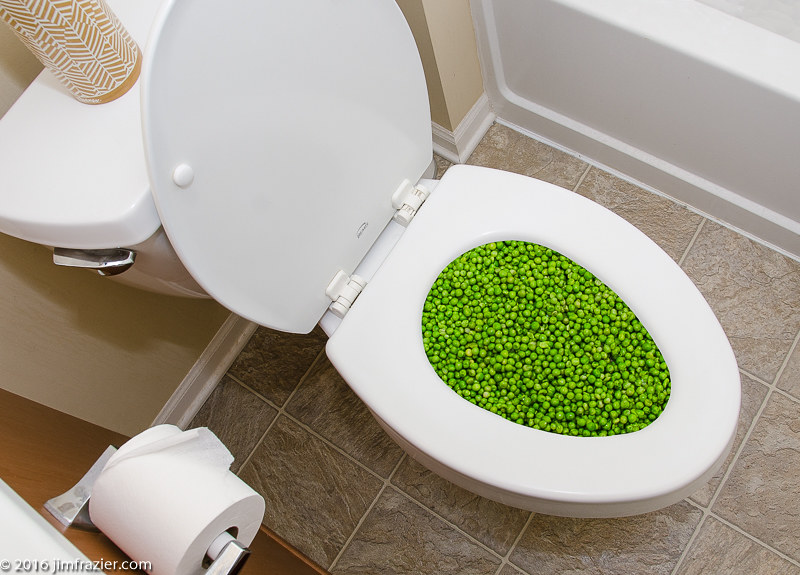The article author is making a number of great points relating to Flushing Food Down the Toilet? in general in this article followed below.

Introduction
Many people are usually confronted with the predicament of what to do with food waste, particularly when it pertains to leftovers or scraps. One typical concern that arises is whether it's alright to purge food down the bathroom. In this article, we'll look into the reasons that individuals may consider flushing food, the repercussions of doing so, and alternate approaches for appropriate disposal.
Reasons individuals might consider flushing food
Absence of recognition
Some individuals may not understand the prospective harm triggered by flushing food down the bathroom. They might wrongly believe that it's a harmless method.
Comfort
Flushing food down the bathroom might look like a fast and easy solution to taking care of unwanted scraps, particularly when there's no neighboring trash can offered.
Idleness
Sometimes, individuals might simply pick to flush food out of large idleness, without considering the repercussions of their actions.
Consequences of flushing food down the bathroom
Environmental effect
Food waste that ends up in rivers can add to contamination and harm marine environments. In addition, the water used to purge food can strain water sources.
Pipes issues
Flushing food can lead to stopped up pipelines and drains, creating pricey plumbing repairs and aggravations.
Sorts of food that need to not be purged
Fibrous foods
Foods with fibrous structures such as celery or corn husks can obtain tangled in pipelines and create clogs.
Starchy foods
Starchy foods like pasta and rice can soak up water and swell, bring about obstructions in pipelines.
Oils and fats
Greasy foods like bacon or cooking oils ought to never ever be flushed down the commode as they can strengthen and cause obstructions.
Correct disposal techniques for food waste
Utilizing a garbage disposal
For homes equipped with garbage disposals, food scraps can be ground up and purged with the plumbing system. Nevertheless, not all foods appropriate for disposal in this manner.
Recycling
Certain food product packaging materials can be reused, decreasing waste and lessening ecological impact.
Composting
Composting is an eco-friendly way to take care of food waste. Organic products can be composted and used to improve dirt for horticulture.
The relevance of correct waste monitoring
Reducing environmental harm
Proper waste administration methods, such as composting and recycling, help minimize pollution and maintain natural deposits for future generations.
Securing plumbing systems
By staying clear of the practice of flushing food down the toilet, home owners can stop costly pipes repairs and keep the honesty of their plumbing systems.
Verdict
In conclusion, while it may be tempting to purge food down the bathroom for ease, it is essential to comprehend the prospective consequences of this activity. By embracing correct waste management practices and disposing of food waste responsibly, people can contribute to healthier pipes systems and a cleaner setting for all.
FLUSH FOOD DOWN THE TOILET?
FLUSHING FOOD CAN CAUSE BLOCKED DRAINS IN YOUR HOME
All of the plumbing fixtures in your home are connected to the same sewer pipe outside of your home. This outdoor sewer pipe is responsible for transporting all the wastewater from your home to the Council sewer mains. Even small pieces of food that go down the kitchen sink can cause problems for your sewer. It should therefore be obvious that flushing larger bits of food, such as meat, risks a clog in either the toilet itself or the sewer pipes. Flushing greasy food is even more problematic because oil coagulates when it cools, coating the interior lining of your pipes.
THE TOILET IS NOT A BIN
Food isn’t the only thing that people shouldn’t be flushing down the toilet. People use the toilet to dispose of all kinds of things such as tampons, makeup wipes, dental floss, kitty litter and even underwear. Water goes to great lengths to educate residents about the high costs and stress placed on wastewater treatment systems simply from people flushing the wrong stuff down the toilet. It costs taxpayers millions of dollars each year, and homeowners thousands in blocked drain repairs.
FLUSHING FOOD IS A WASTE OF WATER
Flushing food is a waste of our most precious resource - water. In June this year Level 1 water restrictions were introduced to protect water supply from drought conditions. Much of New South Wales continues to be affected by prolonged drought with recent figures revealing up to 97 per cent of the state remains in drought. Depending on whether you have a single or dual flush toilet, every single flush uses between five and 11 litres of water. In the current climate this is a huge amount of water to be wasting on flushing food that should be placed in the bin (or better yet, the compost).
https://www.jabplumbingsolutions.com.au/blog/can-you-flush-food-down-the-toilet

I ran across that article on Flushing Food Down the Toilet? while doing research the web. Loved our post? Please share it. Let others discover it. I praise you for your time. Come back soon.
Book Today